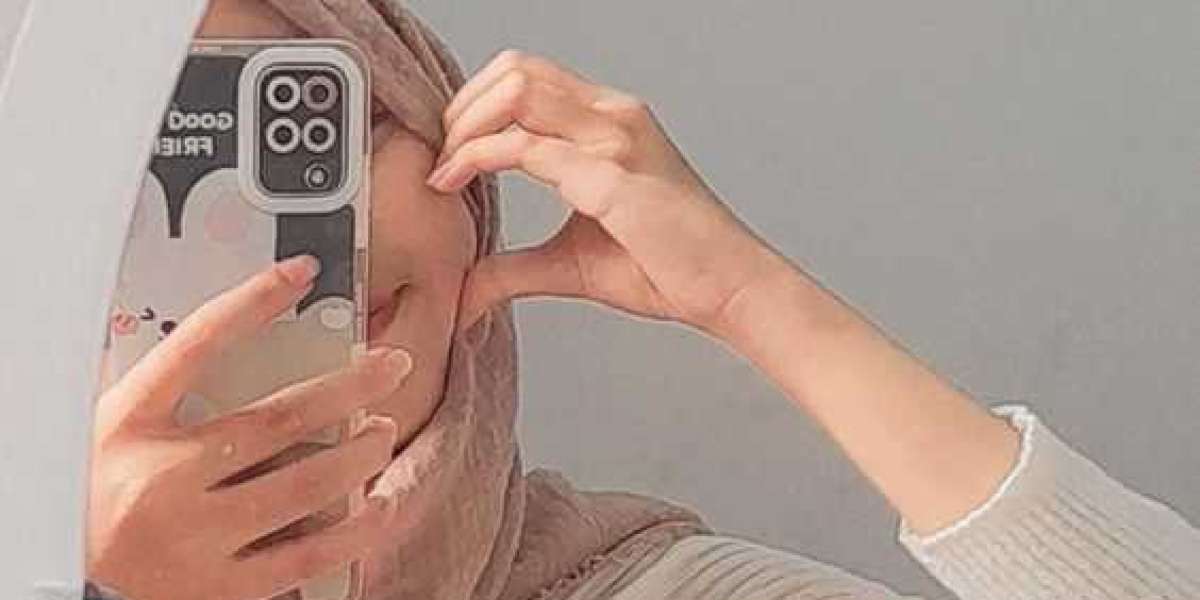Safety Eye Glasses: Your First Line of Defense
When it comes to protecting your eyes, nothing beats a solid pair of safety eye glasses. Whether you’re working in construction, healthcare, a laboratory, or even DIY projects at home, protective eyewear is no longer optional—it’s essential.
According to the National Institute for Occupational Safety and Health (NIOSH), over 2,000 workers suffer eye injuries each day in the U.S. alone. Shockingly, about 90% of these could be prevented with the right eye protection glasses. That’s where work safety glasses come in—strong, shatterproof, and designed to withstand impact, debris, and harmful chemicals.
What Are Safety Eye Glasses?
Safety eyeglasses are specially designed glasses that protect your eyes from hazards like flying particles, splashes, dust, sparks, and harmful radiation. Unlike regular eyeglasses, they’re made with high-impact-resistant materials and comply with strict safety standards like ANSI Z87.1.
You’ll often find them in industrial settings, construction zones, laboratories, and even hospitals. They’re often fitted with side shields for added protection and come in both prescription and non-prescription versions.
Industries That Require Eye Protection
From welding and manufacturing to healthcare and chemical labs, many industries cannot function without protective glasses. Here are just a few sectors where they’re absolutely critical:
Construction: Protection from dust, flying wood chips, nails, etc.
Healthcare: Shielding eyes from bloodborne pathogens.
Manufacturing: Safeguarding against sparks, chemicals, and debris.
Laboratories: Essential for chemical splash and radiation protection.
Prescription vs. Non-Prescription Safety Glasses
Not all eyes are the same, and neither are their needs. Prescription safety glasses combine vision correction with industrial-grade protection. They’re perfect for workers who normally wear glasses and want all-in-one eye safety.
On the other hand, non-prescription safety eyewear is generally used in temporary or guest situations. They're easy to distribute and provide immediate protection.
What Makes Safety Glasses Strong?
It’s all in the materials! Most protective safety glasses are made from polycarbonate—a material that’s 10 times more impact-resistant than plastic or glass. It’s also lightweight and offers UV protection, making it ideal for both indoor and outdoor use.
As for the frames? Look for rubber-tipped temples and adjustable features to ensure a snug fit. A pair that doesn't fit well won't protect well either.
Certifications That Matter
If your glasses don’t have the ANSI Z87.1 stamp, don’t trust them. This standard means your eyewear has passed high-velocity and high-mass impact tests. European equivalents include EN166, which offers similar levels of protection.
Always check the stamp before you buy. It's your visual guarantee of quality.
Can Safety Glasses Be Stylish? Absolutely.
Gone are the days when safety meant ugly. Modern safety glasses are sleek, stylish, and even available in designer models. Many companies now offer fashion-forward protective glasses that look just like high-end sunglasses but come with all the safety features.
When to Replace Your Safety Eyeglasses
Over time, even the best glasses wear down. Scratches on lenses can obscure vision and compromise safety. A loose hinge or broken seal can let in hazardous particles. As a rule of thumb, replace your safety glasses at least once a year, or sooner if damaged.
Technological Innovations in Safety Eyewear
We’re in the age of smart everything—including smart safety glasses. These high-tech protectors now come with:
Augmented reality displays
Built-in communication systems
Blue-light filters for screen-heavy environments
They’re especially useful in sectors like logistics, medical fields, and complex manufacturing processes.
FAQs
What’s the difference between safety glasses and regular glasses?
Safety glasses are made of impact-resistant materials and meet safety standards like ANSI Z87.1, unlike regular glasses.
Can I wear safety glasses over my prescription glasses?
Yes, you can! Look for "OTG" (Over-The-Glass) safety glasses that are designed for this purpose.
Are there anti-fog safety glasses?
Definitely. Many safety glasses now come with anti-fog coatings or ventilation features to prevent lens fogging.
How long do safety glasses last?
Typically 6–12 months with regular use. Replace them when they show signs of wear or damage.
Do kids need protective eyewear?
Absolutely. Especially in science labs, sports, and workshops where eye injuries can happen.
Where can I buy reliable safety glasses?
There are many trusted online retailers. One of the best is Safety Eye Glasses.
Conclusion
Protective safety glasses are more than just accessories—they’re vital tools for preserving one of our most precious senses: sight. Whether you're a welder, scientist, carpenter, or hobbyist, investing in quality eye protection glasses means you’re investing in your health and future. Don’t compromise. Wear the right gear, and your eyes will thank you.








